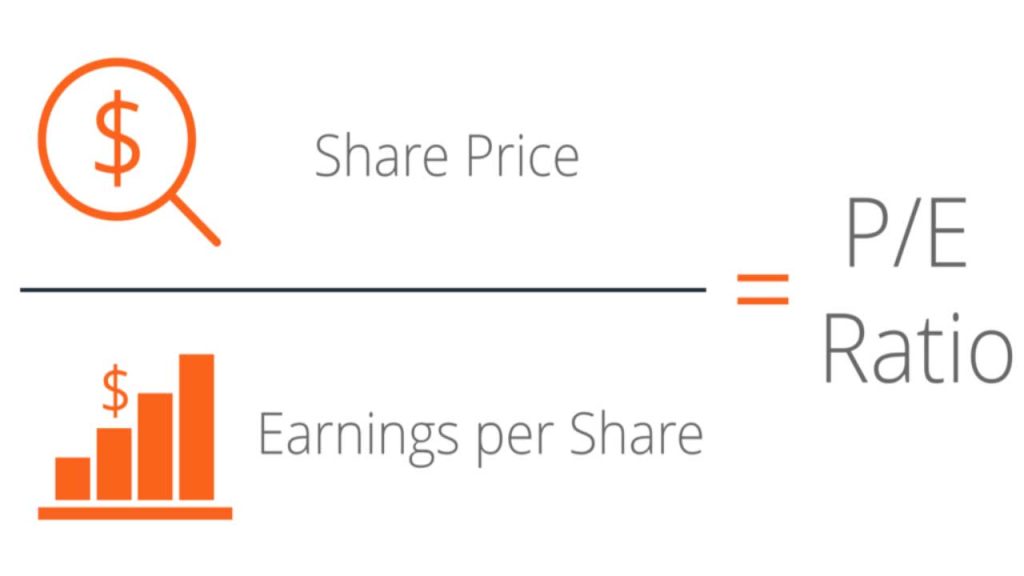In this post we will learn how to calculate profit earnings ratio.
The P/E Ratio denotes the correlation among a business’s share value and its earnings per share (EPS). It is a famous metric that provides investors with a clearer understanding of the business’s valuation. The P/E ratio reflects market expectations and is also the amount you would pay for each unit of current earnings.
Earnings are essential when determining the value of a business’s stock because investors would like to understand how profitable the business is and would be in the coming years. Besides that, if the business does not rise and its existing profits stay unchanged, the P/E ratio can be translated as the couple of years it would take the business to recoup the price paid by each stock.
Seeing at a share’s P/E teaches you next to nothing about it until it is related to the business’s historical P/E or the P/E of a rival in the same sector. Without conducting any analyses, it is difficult to determine if a share with a P/E of 10x is a steal or a stock with a P/E of 50x is overpriced.
The P/E ratio is useful since it simplifies shares of varying values and earnings levels.
Calculating Profit Earnings Ratio

The standard P/E calculation uses the current stock price and earnings per share to calculate the current P/E. Earnings from the previous twelve months was divided by the weighted average number of shares outstanding to calculate EPS. Earnings should be normalized for rare or one-time events that have an irregular effect on earnings.
The justified P/E ratio is utilized to calculate the P/E ratio which an investor can spend depending on the company’s dividend and retention strategy, growth rate, and required rate of return. An ordinary shares valuation approach is to compare justified P/E to simple P/E.
P/E = Stock Price Per Share / Earnings Per Share
Or
P/E = Market Capitalization / Total Net Earnings
Or
Justified P/E = Dividend Payout Ratio / R – G
where;
R = Required Rate of Return
G = Sustainable Growth Rate
Why should I Use the Price Earnings Ratio?
Investors prefer to invest in financially stable firms that have a strong return on investment (ROI). Of the various averages, the P/E is used in the analysis method for stock selection because it allows one to determine if we are spending a good price. Irrespective of share price, different firms from the same sector are clustered together for comparison. Furthermore, it is short and simple to use when attempting to value a business based on profits. When we find a high or low P/E ratio, we will easily determine what kind of stock or business we are working with.



